Why you might not have a bank statement and how we can help
Last updated: September 2025
Lost, deleted or delayed statements can stall rentals, loans and visa filings. The good news: you can obtain a verified copy fast—often the same day—without risking compliance. This guide shows how to get a bank statement copy instantly across the U.S., UK and Canada, what edits are allowed, and which alterations cross legal lines.
Related Entities & Terms
- Bank statement, account summary, checking account report
- Proof of income, pay stub, W‑2, 1099, T4, Notice of Assessment (NOA)
- Consumer Financial Protection Bureau (CFPB), Federal Trade Commission (FTC), Internal Revenue Service (IRS)
- Financial Conduct Authority (FCA), GOV.UK guidance, Check 21 Act
- Financial Consumer Agency of Canada (FCAC), Canada Revenue Agency (CRA)
- Annual statement, substitute checks, electronic fund transfer (EFT)
- Express Entry proof‑of‑funds letter, EU Settlement Scheme
- Substitute check vs. cancelled check, specialty consumer reports
Before we begin, know that our role is strictly formatting and packaging. We never fabricate numbers, dates or payees. Read on to learn how to obtain a verified bank statement, what readability edits are permissible, and how to avoid illegal alterations.
What are the legal basics of obtaining a bank statement?
Most jurisdictions give you the right to access copies of your financial records. The specific process and documentation vary by country and purpose. Below is a concise overview for the United States, the United Kingdom and Canada.
United States
The Office of the Comptroller of the Currency (OCC) explains there is no law requiring banks to return cancelled checks. Banks can instead provide images or substitute checks created under the Check 21 Act. Even without a physical cancelled check, your bank statement typically serves as proof that a payment was made. For checking‑account consumer reports (e.g., ChexSystems, Early Warning Services), the CFPB notes you must request a copy directly from the reporting company, and you are entitled to one free copy every 12 months.
United Kingdom
In the UK, statements frequently serve as evidence of residence or income. For instance, the EU Settlement Scheme guidance lists an annual bank statement or account summary covering six months as acceptable proof of residence. If you’ve gone paperless, you can still download PDFs or request a stamped printout at a branch for processes that require physical verification.
Canada
For Canadian immigration, IRCC requires a bank letter on official letterhead showing the institution’s contact details, your name, account numbers, the date each account was opened, current balances and the average balance for the past six months. Regular statements are available through online banking, but proof‑of‑funds often demands that formal bank letter or stamped statements. Fees for printed or notarized copies may apply.
Getting copies quickly
The fastest route is usually your bank’s online portal. Most institutions let you download PDF statements for free, then print or share securely. If you need a stamped or sealed copy, call your branch; many can generate and authenticate a statement the same day. For specialty reports, contact the reporting company directly as required by the CFPB.
- Quick online steps: Sign in → “Documents” or “Statements” → choose account and period → download PDF → verify all pages.
- Same‑day branch visit checklist: Bring ID, your account number, desired date range and any form the receiving party provided.
- If a page is missing: Ask the bank to reissue the statement or provide a corrected version that includes all pages.
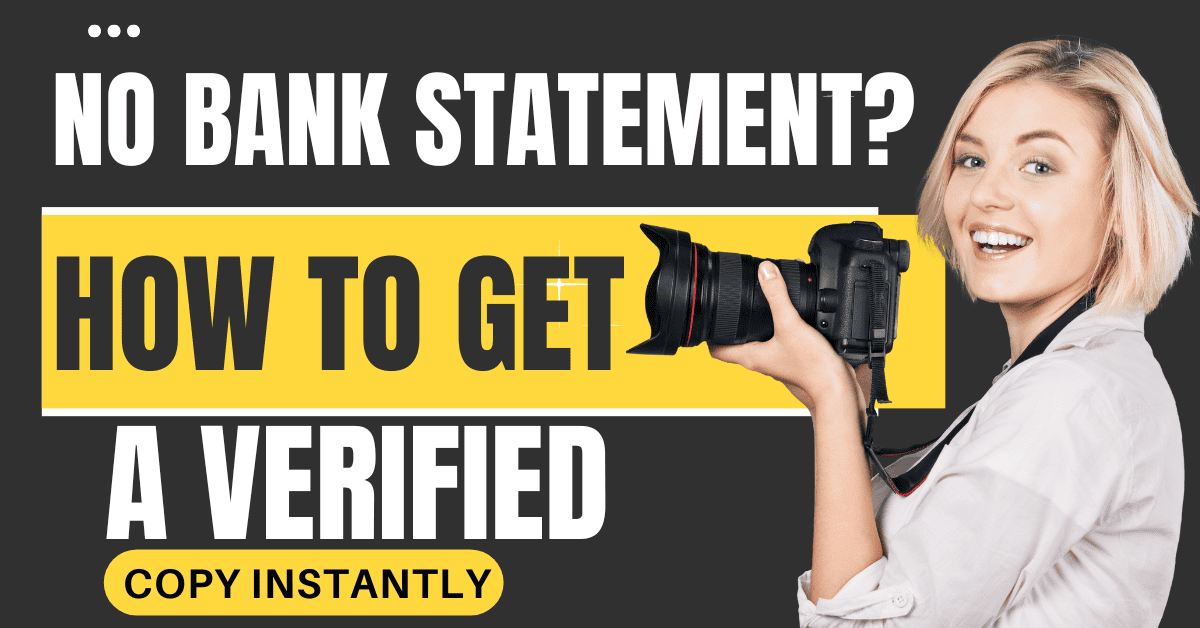
Which edits are allowed?
Edits are legal when they improve readability, organization or privacy without changing facts. That means the figures, dates and payees remain untouched. Below are common, compliant edits we perform for clients.
Redactions for privacy
You may redact sensitive personal details such as account and routing numbers, addresses or phone numbers. The redaction must not obscure transactional data or totals. Landlords, lenders and agencies commonly accept masking that leaves the last four digits visible.
Improving readability and formatting
Digital statements can print small or skewed. It’s acceptable to adjust margins, enlarge fonts, fix alignment and improve contrast so the content is legible. Combining multiple months into a single PDF and adding bookmarks is also fine and often preferred.
Exporting, reconciling and correcting obvious errors
Occasionally banks mis‑order pages or misalign columns. You can reorder, rotate or straighten scans so subtotals and totals line up. You may insert a missing page if the bank reissued it. Reconcile your own records in a separate note, but do not change statement numbers—request a corrected statement from the bank instead.
- Do: Add bookmarks, fix orientation, merge files, and apply consistent page numbers.
- Don’t: Edit transaction descriptions, dates, balances or add design elements that mimic bank security features.
Need help packaging statements for a mortgage or rental? Our proof of income editing team performs only compliant formatting and privacy redactions.
What bank statement alterations are illegal?
Altering facts—amounts, dates, balances or payees—is falsification and can be prosecuted as fraud. While the OCC notes banks can provide copies or substitute checks rather than originals, creating a document that appears to be issued by a bank when it was not is illegal in all three countries. Always request official versions from your bank.
Changing amounts, dates or payees
Editing transaction amounts, moving deposit dates or reassigning payees misrepresents your history. Consequences include denied applications and potential criminal charges. U.S. cases may involve mail or wire fraud; similar offences exist under UK and Canadian law.
Adding fake logos or watermarks
Inserting bank logos, seals or watermarks into a non‑bank document creates a false impression of authenticity. That deception can trigger fraud reviews and jeopardize your application. Use only bank‑issued headers and seals on documents produced by the bank.
Reusing old statements as recent statements
Submitting outdated statements is a frequent cause of delays and rejections. Agencies and lenders check dates, balances and page counts. Always obtain the exact statement period required by your process.
- How alterations get detected: metadata inconsistencies, misaligned fonts, non‑sequential page counts and totals that don’t reconcile.
- What reviewers compare: deposits vs. pay stubs, balances vs. declared assets, and dates vs. application timelines.
- Safer path: request reprints or bank letters that meet the receiving party’s specifications.
- Allowed edits: redaction of personal details, readability adjustments, page re‑ordering, inserting bank‑reissued pages.
- Illegal edits: changing amounts, dates or payees; adding logos or seals; fabricating transactions; repurposing old statements as current.
When in doubt, consult your bank or a legal professional. Our team improves legibility and organization only—we do not fabricate or falsify financial data.
When do you need a professional bank statement copy?
Verified statements are often the fastest way to satisfy documentation checks. Understanding the context helps you request the right format—regular statement, stamped printout or bank letter—and avoid back‑and‑forth. Here are common scenarios and what typically works.
Renters and landlords
Rental applications often require recent statements to show rent is affordable. If you’re missing one, download the latest statement and confirm it covers the required period. When a landlord requests additional proof, pair statements with pay stubs or employment letters for clarity. For deeper guidance, see our article on bank statements vs. pay stubs.
Auto loans and credit applications
Lenders typically request two to three months of statements to verify cash flow. Provide statements in chronological order with all pages present, including blanks marked “This page intentionally left blank.” Avoid heavy redaction that hides deposit sources; underwriters need to trace funds. If a statement is missing, ask your bank for a reprint that shows the original pagination.
Small business and self‑employed borrowers
Freelancers and small business owners often submit statements alongside tax returns and 1099s. For SBA or private financing, assembling a package that reconciles deposits to invoices can speed review. Many clients use our bank statement formatting service to organize by month, label deposits and redact customer names while keeping amounts visible.
Visas and immigration
Immigration authorities require proof of funds and, in some cases, proof of residence. IRCC demands formal bank letters with six‑month average balances for Express Entry, while the EU Settlement Scheme accepts annual statements covering six months. Submitting the correct form—letter vs. statement—prevents avoidable refusals.
Court orders and audits
Courts, divorce proceedings and tax audits may require comprehensive historical statements. If you can’t find older months, ask your bank to retrieve archives; fees or lead times may apply. Maintain digital backups going forward to streamline any future requests.
How does FinancialDocsProvider.com deliver verified statements?
Our workflow is fast, secure and compliance‑first. We organize the documents you already have and help you request the official ones you need from your bank. Here’s how we package a clean, review‑ready file—without changing your data.
Intake and confidentiality
Upload PDFs, scans or photos through our encrypted portal. Access is limited to the professionals working on your file. We confirm the scope, the recipient’s requirements and any deadlines before we begin.
Review and reconciliation
We check page counts, dates and totals, and flag gaps or out‑of‑sequence pages. If a page is missing or illegible, we’ll advise you to request a bank reissue. We never fabricate pages or alter transactional data.
Formatting and redaction
Once completeness is confirmed, we rotate and align pages, fix margins, add bookmarks and apply targeted redactions. We also standardize file names (e.g., “2025‑06_Checking_Statement_p1‑6.pdf”) so reviewers can navigate quickly.
Quality control and delivery
A second specialist audits the package to confirm it’s accurate and scannable. We deliver a secure PDF and a brief checklist summarizing what’s included. For current turnaround options and pricing, see our pricing page or contact our team.
Compliance checklist & document packaging tips
Use this checklist to ensure your statement is review‑ready for a landlord, lender or immigration officer. Tick each item before you submit.
- Obtain the correct period: Verify the dates match the request (e.g., last 30 days or past six months).
- Verify completeness: Ensure every page is present and numbered sequentially; don’t omit blank pages.
- Use official sources: Download from your bank’s portal or request stamped copies; avoid third‑party templates.
- Redact responsibly: Mask account numbers and addresses, but leave transactions and totals visible.
- Check legibility: Adjust contrast, rotate pages and enlarge fonts so amounts and dates are clear.
- Preserve original data: Never change dates, amounts or payees; attach a separate note for any clarifications.
- Provide a summary: For multi‑month packages, include a cover sheet listing periods covered and page count.
- Secure your file: Password‑protect PDFs and share only with trusted recipients.
- Name files consistently: Use YYYY‑MM naming so months sort correctly for reviewers.
- Include recipient requirements: If a stamp or letterhead is required, request it from your bank in advance.
Common red flags & mistakes
These pitfalls commonly trigger delays or rejections. Avoid them to keep your process moving.
- Mismatched names or addresses: The statement should show your legal name and current address. If not, include additional proof or request an updated statement.
- Inconsistent balances: Large unexplained deposits or frequent negatives invite scrutiny. Provide invoices, gift letters or memos to explain irregularities.
- Poor image quality: Blurry scans or photos slow review. Rescan at high resolution and check that fine print is readable.
- Over‑redaction: Heavy blackouts that hide transaction detail can lead to rejection. Redact only what’s necessary.
- Outdated statements: Submitting statements outside the required period can invalidate your application. Confirm the exact date range.
- Non‑sequential pages: Missing or duplicated pages suggest tampering. Confirm pagination before you send.
- Inconsistent fonts or layout: Mixed fonts or misaligned columns raise authenticity questions. Keep original formatting intact.
Official & helpful resources
These sources offer authoritative guidance on statements, record‑keeping and consumer rights:
- OCC’s HelpWithMyBank.gov – explains that banks are not required to return cancelled checks but can provide copies.
- CFPB: How do I get a copy of my checking account consumer report? – clarifies your right to request a specialty consumer report every 12 months.
- GOV.UK: EU Settlement Scheme evidence of UK residence – lists acceptable documents including annual bank statements covering six months.
- IRCC: Proof of funds for Express Entry – details the required contents of a bank letter.
- Bank statements as proof of income – our detailed comparison of when bank statements count and when they don’t.
- Bank statements vs. pay stubs – learn the pros and cons of each document type.
- Need help? Learn more about our proof of income editing, see our pricing, read about our process, or contact our team.
Frequently asked questions
Below are quick answers to the questions we hear most often. Each response favors the fastest compliant path—typically downloading an official PDF or asking your bank to issue a stamped copy. When an agency requires a formal bank letter, we note that specifically.
How can I get a bank statement copy instantly?
Log in to your bank’s online portal and open the statements section. Most banks let you download PDF statements at no cost. If you need an official stamp, call or visit your branch; many can provide a stamped statement the same day.
What if I deleted or lost my digital statement?
Banks typically retain digital statements for five to seven years. Re‑download past statements from your online portal. If the period isn’t available online, contact customer service and request a reprint for the exact date range you need.
Do I need a bank letter instead of a statement for Canadian immigration?
Yes. IRCC requires an official bank letter on letterhead that lists your account numbers, the date each account was opened, current balances and the average balance over the past six months. Regular statements alone are not sufficient.
Can I redact my bank statement?
Yes—redact sensitive items such as account numbers or addresses. Do not obscure transaction details or totals, because reviewers must verify authenticity. Over‑redaction can lead to rejection.
Is it legal to change the date or amount on my bank statement?
No. Changing dates, amounts or payees is falsification and may be prosecuted as fraud. Banks and agencies can detect alterations, which leads to denial and potential legal consequences.
Need accurate, reliable financial documents fast? Contact FinancialDocsProvider.com now.


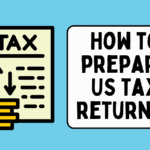


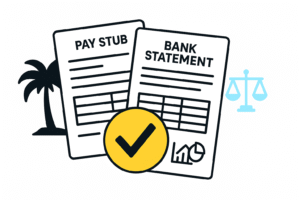
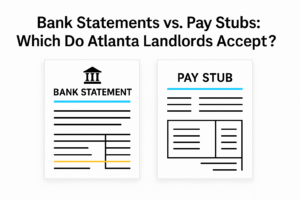
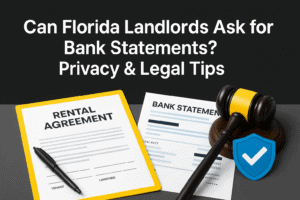
Add comment